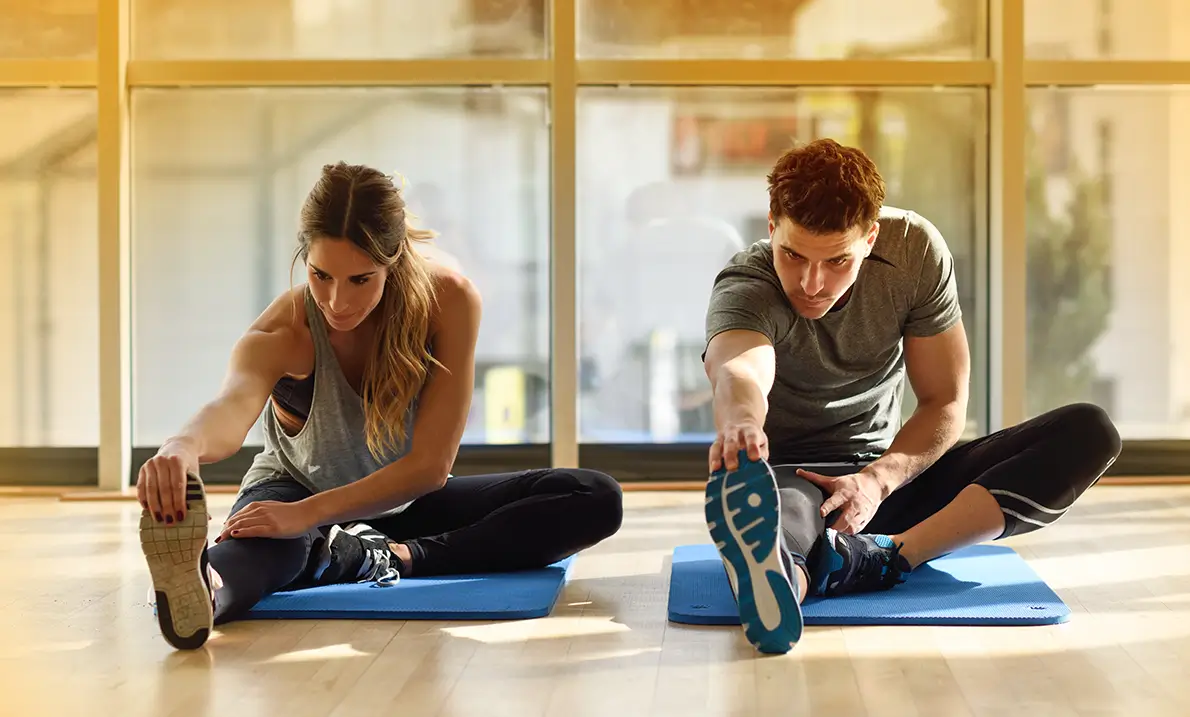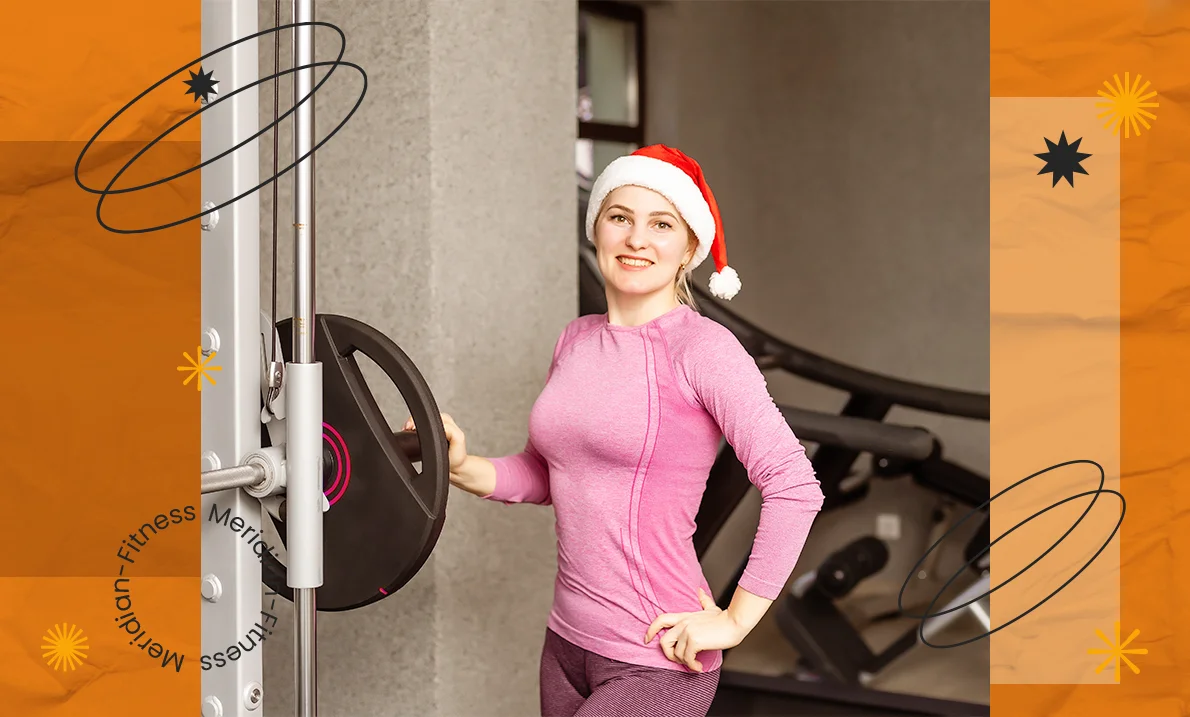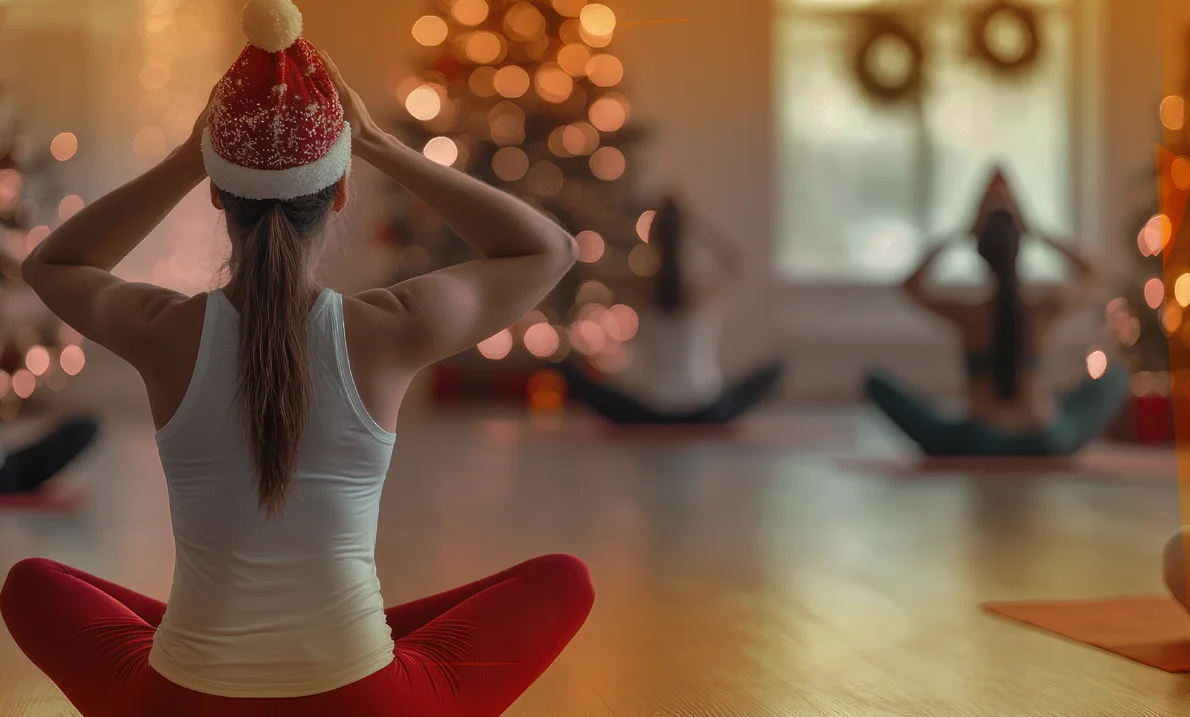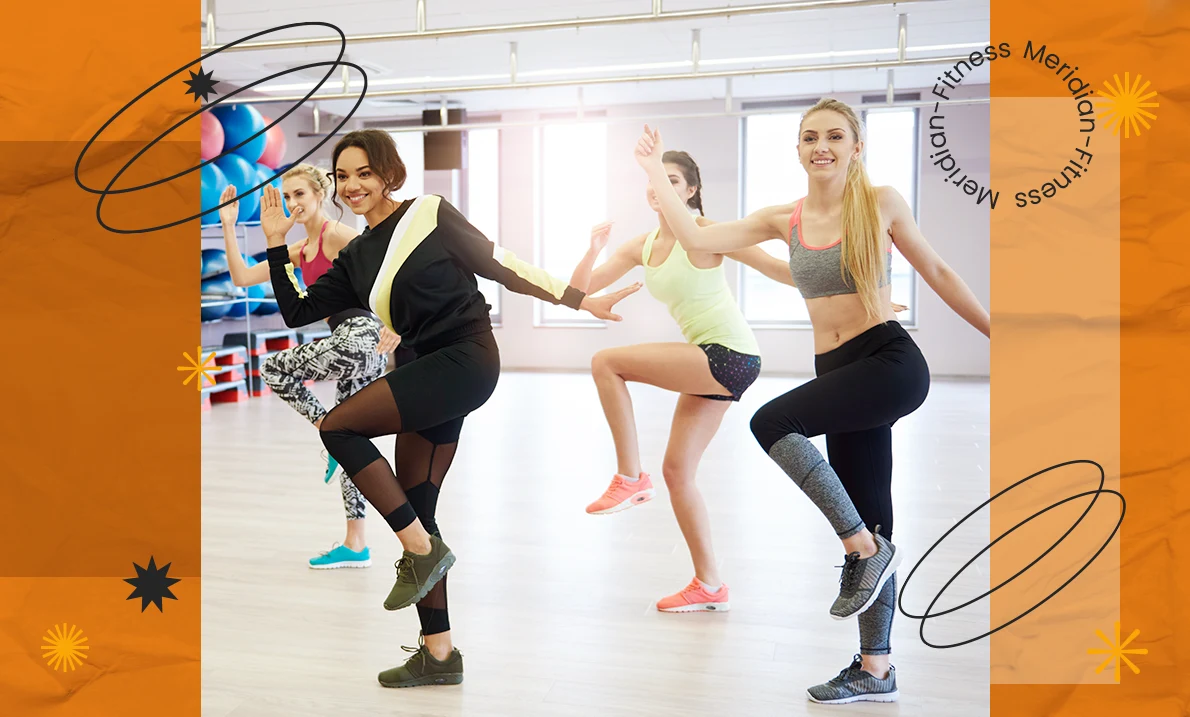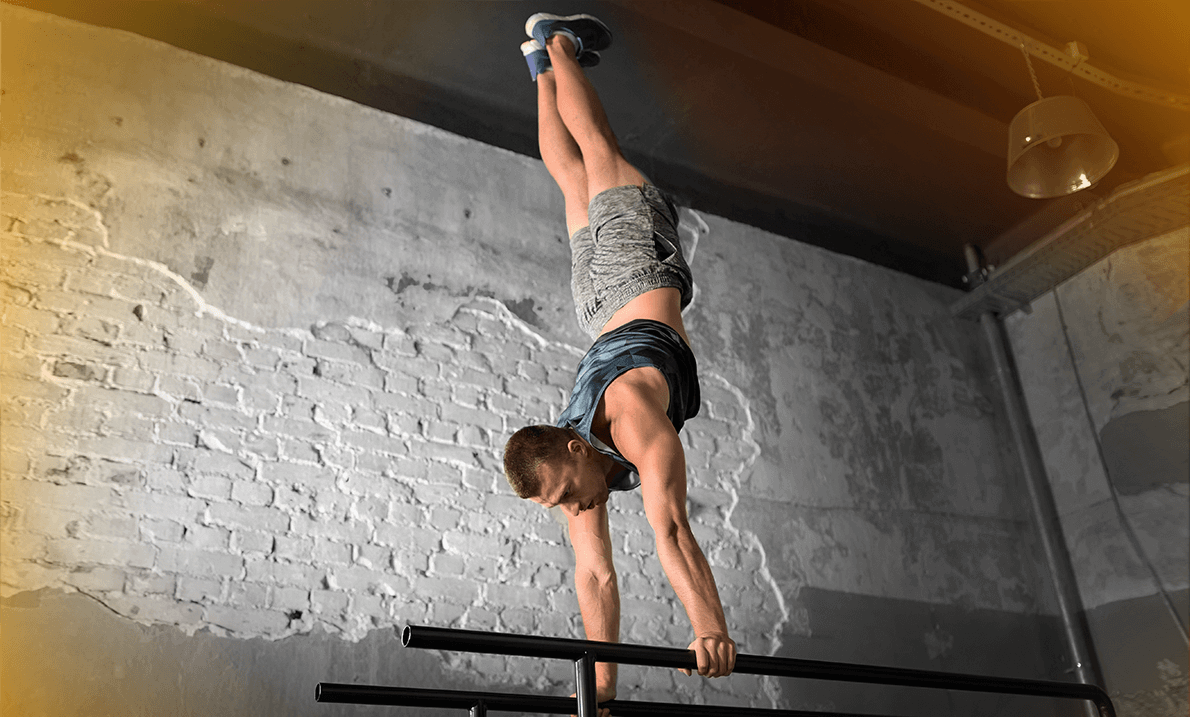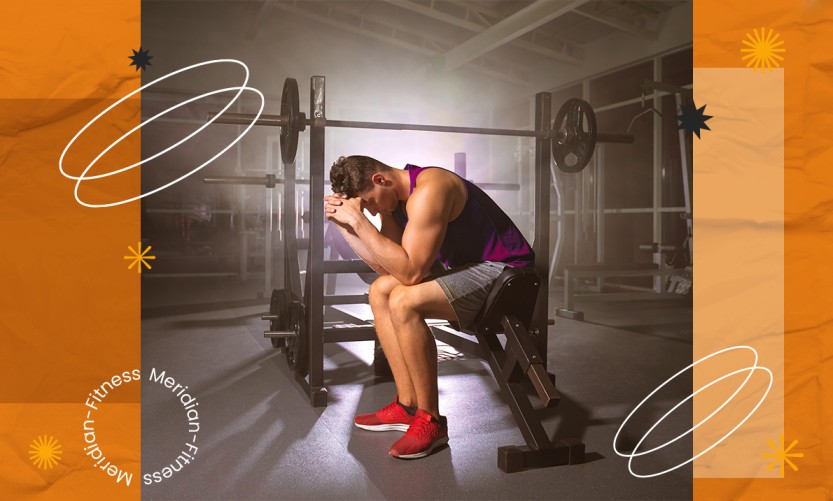What if we told you that you have a hidden superpower, one that can make you stronger, protect your heart, and even help you live longer? Sounds exciting, right? Well, this superpower is something you already have, it’s the power of movement.
Exercise isn’t just about building muscles or looking fit; it plays a vital role in keeping your blood pressure in check. Now, let’s take a journey to understand how moving your body can help lower body pressure and why people today need it more than ever. We’ll even take a quick trip back to the 90s to see how things have changed. Buckle up because this is going to be an eye-opening ride.
WHAT IS BLOOD PRESSURE, AND WHY DOES IT MATTER?
Before we jump into the magic of exercise, let’s understand what blood pressure is. Think of your body as a busy city, with your heart acting as the main power station, pumping blood through all the streets (your blood vessels). Blood pressure is the force that pushes blood through these vessels. But if this pressure is too high, it’s like having traffic jams everywhere, leading to damage, stress, and even major health problems like heart attacks or strokes.
Now, the big question: Can exercise help keep this pressure in check? The answer is a big, bold YES.
HOW DOES EXERCISE LOWER BLOOD PRESSURE?
Exercise is like a personal trainer for your heart. When you move your body, your heart works harder, and just like lifting weights makes your arms stronger, this extra work makes your heart stronger. A stronger heart pumps blood more efficiently, reducing the pressure inside your blood vessels.
Here’s how it works:
- Stronger Heart, Lower Pressure: A fit heart doesn’t need to work as hard to pump blood, reducing strain and lowering blood pressure.
- Healthy Blood Vessels: Exercise helps keep blood vessels flexible and open, preventing blockages and allowing blood to flow smoothly.
- Less Stress, Better Health: Physical activity releases feel-good hormones that help reduce stress, a major cause of high blood pressure.
- Weight Control: Extra weight puts extra pressure on your heart. Exercise helps maintain a healthy weight, which in turn reduces the risk of hypertension.
THE BEST EXERCISES FOR LOWERING BLOOD PRESSURE
Not all exercises work the same way, but here are some of the best ones for keeping your blood pressure in check:
- Aerobic Exercise (Cardio)
- Walking, running, cycling, swimming, and dancing
- Helps improve heart efficiency and blood circulation
- Strength Training
- Lifting weights, resistance bands, and body-weight exercises like push-ups
- Strengthens muscles and improves overall fitness
- Flexibility and Relaxation Exercises
- Yoga and stretching
- Helps reduce stress and improve circulation
HOW MUCH EXERCISE DO YOU NEED?
The great news is you don’t need to run marathons to see benefits. Experts recommend at least 150 minutes of moderate exercise per week, which is about 30 minutes a day, five days a week. Even short bursts of activity, like a 10-minute walk, can add up and make a difference.
BLOOD PRESSURE & EXERCISES: THEN VS NOW
The 1990s
- Exercise was seen as important, but people were less aware of its direct connection to blood pressure.
- Fewer fitness programs and gym memberships were available.
- The internet was just starting, so health information wasn’t as easily accessible.
- More people worked in active jobs, so they got exercise naturally.
TODAY
- More people work desk jobs, resulting in less physical movement.
- The rise of fast food and sedentary lifestyles has led to an increase in cases of high blood pressure.
- More scientific studies have proven the benefits of exercise for heart health.
- Fitness is more accessible with online workouts, apps, and home gym equipment.
REAL STORIES FROM REAL PEOPLE
Let’s hear from people who have shared their experiences online:
- A Quora user wrote: “I was diagnosed with high blood pressure at 45. I started brisk walking every morning, and in just three months, my blood pressure dropped significantly. It’s like my body was waiting for me to move.”
- A Reddit user shared: “I never thought exercise could make such a difference. I started cycling to work instead of driving, and my doctor was shocked by my improved blood pressure readings. Bonus: I also lost 10 pounds.”
- A Twitter post read: “#MondayMotivation: I used to take BP meds daily, but after six months of weight training and jogging, I’m now off medication. #HealthyHeart”
SURPRISING FACTS
- According to the World Health Organisation (WHO), over 1.28 billion adults worldwide have high blood pressure, and nearly half don’t even know it.
- A Statista report found that only 23% of adults meet the recommended exercise guidelines despite its known health benefits.
- Studies show that regular physical activity can lower systolic blood pressure by 5-7 mmHg, a significant improvement in preventing heart disease.
FUN WAYS TO GET MOVING
If traditional exercise sounds boring, try these fun alternatives:
- Dancing: Put on your favourite playlist and turn your living room into a dance floor. Whether it’s salsa, hip-hop, or just freestyle moves, dancing gets your heart pumping and lifts your mood. Challenge yourself with dance tutorials or invite friends for a dance-off.
- Playground Time: If you have kids or younger siblings, join them at the playground. Swinging, climbing, and running around isn’t just fun, it’s also great for your heart. Try racing them across the monkey bars or playing a game of tag for a full-body workout.
- Video Games: Motion-based video games like Wii Sports, Just Dance, or VR fitness games can make exercise feel like play. Compete with friends or family members to see who can score the highest while getting a serious cardio session in.
- Walking Meetings: Instead of sitting in a chair for hours, take your meetings on the go. Walking while talking not only boosts blood flow but also improves focus and creativity. If possible, take your phone calls or brainstorming sessions outside for fresh air.
- Active TV Time: Turn commercial breaks into workout opportunities. Do jumping jacks, squats, or push-ups while waiting for your show to resume. Even just standing up and stretching can make a difference over time.
TIMING OF EXERCISE AND BLOOD PRESSURE REDUCTION
Recent research indicates that the timing of exercise can influence its effectiveness in reducing blood pressure:
- Morning Workouts: Engaging in physical activity in the morning is ideal for burning belly fat and promoting healthier food choices, which can contribute to weight loss and improved cognitive function.
- Post-Lunch Activity: A walk or light exercise after lunch can lower blood sugar levels and mitigate post-meal glucose spikes.
- Afternoon Exercise: Exercising in the afternoon may regulate the body clock for better sleep and improve performance.
- Evening Workouts: Evening workouts could have specific benefits for men, such as lowering blood pressure and reducing fatigue.
Overall, the key message is to exercise whenever possible, as the benefits of physical activity are significant regardless of the time of day.
SHORT BURSTS OF VIGOROUS EXERCISE
Incorporating brief periods of vigorous physical activity into daily routines can significantly impact blood pressure:
- Study Findings: A study involving nearly 15,000 participants found that replacing sedentary activities with short bursts of vigorous movement, such as running or cycling, resulted in an average reduction of 0.68 mmHg in systolic blood pressure and 0.54 mmHg in diastolic blood pressure.
- Health Implications: These reductions can decrease the risk of cardiovascular diseases, highlighting that even small amounts of intense physical activity are beneficial.
This emphasises that brief, intense physical activities integrated into daily routines can be highly beneficial for those who are not currently meeting exercise guidelines or primarily engage in low-intensity activities.
BREATHING EXERCISES AS A COMPLEMENTARY APPROACH
Beyond traditional physical activities, specific breathing exercises have been shown to aid in lowering blood pressure:
- Techniques: Methods such as 4-7-8 breathing, diaphragmatic breathing, and inspiratory muscle strength training (IMST) can activate the vagus nerve, temporarily lowering blood pressure and heart rate.
- Sustained Benefits: Some techniques, such as IMST and pursed-lip breathing, show promise for providing sustained benefits.
It’s important to note that these exercises should not replace prescribed medical treatments and lifestyle changes needed to manage hypertension. Always consult with healthcare providers before starting any new regimen, especially for individuals with chronic lung diseases.
INNOVATIVE APPROACHES: SMARTPHONE-DELIVERED IMST
Advancements in technology have led to the development of novel methods to manage blood pressure:
- Smartphone Applications: A recent study explored the feasibility of a smartphone app designed to deliver high-resistance inspiratory muscle strength training (IMST), a form of respiratory exercise.
- User Engagement: The app was designed using target-user feedback and showed significant interest among midlife and older adults.
This approach suggests that digital health technologies could effectively deliver time-efficient, blood pressure-lowering interventions outside of clinical settings.
INCREMENTAL INCREASES IN DAILY ACTIVITY
Even modest increases in daily physical activity can have a positive impact on blood pressure:
- Study Insights: Performing an additional five minutes of daily exercise, such as walking, cycling, or climbing stairs, can significantly reduce the risk of heart attack or stroke.
- Global Health Implications: Regular physical activity helps lower blood pressure, addressing a significant factor contributing to over a billion cases of hypertension worldwide.
This finding underscores that even simple, short bursts of exercise integrated into daily routines can have a beneficial impact on blood pressure.
Incorporating these additional insights into your understanding of exercise and blood pressure management can further enhance your strategies for maintaining cardiovascular health.
WHEN IS THE BEST TIME TO EXERCISE?
Some studies suggest that evening workouts may be more effective at lowering blood pressure compared to morning workouts. However, the best time is whenever you can be consistent.
MOVE MORE, LIVE BETTER
Exercise is like a magic key that unlocks better health, especially when it comes to lowering blood pressure. The best part? It’s never too late to start. Whether it’s walking, swimming, dancing, or even just stretching, every movement counts. So, what are you waiting for?
Get up, get moving, and take charge of your health today. Your heart will thank you for it.
